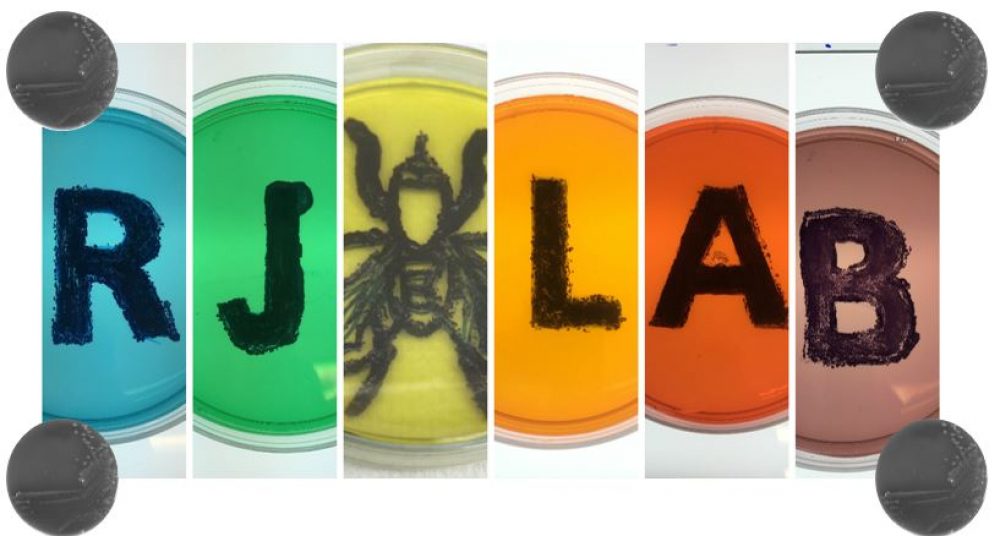Many bacteria are exposed to a variety of environments during their lifecycles. These environments may be both inside and outside the host, and particular signals in these environments may activate expression of genes that result in changes that allow the bacterium to cope more effectively with the specific environment. One of the current aims of research in the R-J lab is to understand how symbiotic bacteria survive in many distinct environments, including those encountered during the course of interaction with the host, by identifying and characterizing genes that are expressed in each environment. Additionally, the R-J lab has become increasing interested in focusing on a very specialized niche for bacterial life, that of the intracellular environment of a eukaryotic cell. Thus, our primary research aim from 2002-2023 was to determine the physiological requirements for bacteria to live within the eukaryotic host (especially in the intracellular environment) and the bacterial gene regulation in the host environment.
From 2002-2013, the model system that the R-J lab initially used use to address these problems was the facultative intracellular bacterium Shigella flexneri, which encounters many different environments during its journey through the external environment and human host. The conditions in the external environment, including nutrient and ion availability, temperature, moisture, pH, aerobicity, and the presence of other microorganisms, are extremely variable. After ingestion by the human host, Shigella must evade the host immune response, survive the acidic stomach, successfully transverse the small intestine to arrive in the colon and infect the colonic epithelial cells, which presents yet another set of distinct environmental conditions. Each of these different environments that Shigella encounters may induce the expression of a particular set of genes that allows adaptation to that environment. We identified Shigella genes that are induced when Shigella is in the colonic epithelial cells. This work was the basis for many projects in the R-J laboratory from 2002-2010, which involved characterizing several of these Shigella intracellular induced genes. Specifically, the undergraduate research students in the R-J lab examined the importance of Shigella genes involved in Shigella adaptation to the eukaryotic cytoplasm. Some of these include genes that encode protein involved in phosphate transport and phosphate-mediated gene regulation , iron and manganese transport, iron-sulfur cluster formation, and gene regulation.
Beginning in 2006, The R-J lab began working with a second intracellular bacterium that lives inside eukaryotic cells. This bacterium, Sodalis glossinidius, is a facultative intracellular bacterium that is a secondary symbiont of the tsetse fly. The Sodalis genome has recently been sequenced, and the bacterium is phylogenetically related to E. coli. We plan to use this bacterium as a model organism to address the question “What are the physiological requirement for intracellular life, regardless of type of endosymbiosis?”. We studied the the role and regulation of heme, iron, and blood tolerance mechanisms of Sodalis. We are completing work that adresses how Sodalis utlize sugars, including the chitin-derived N-acetylglucosamine and have just received NIH funding in 2024 to more thoroughly investigate blood tolerance in Sodalis.
For our current work, click here.
Work in the R-J lab has been supported by the National Institutes of Health, the Thomas F. Jeffress and Kate Miller Jeffress Memorial Trust, and the University of Richmond School of Arts and Science.
